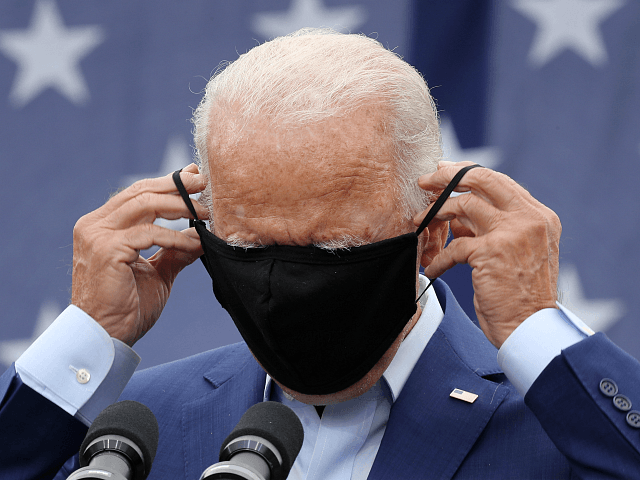New weekly jobless claims jumped up to 778,000 in the week ended November 21, the Department of Labor said Thursday.
Economists had expected jobless claims to fall t0 730,000 from the 742,000 initially reported a week ago. The previous week’s level was revised up by 6,000 to 748,000.
This is the second week of claims following the U.S. presidential election and may be viewed as a proxy for business reaction to the election. It is also the second consecutive week of rising claims.
Jobless claims—which are a proxy for layoffs—remain at extremely high levels. Prior to the pandemic, the highest level of claims was 695,000 hit in October of 1982. In March of 2009, at the depths of the financial crisis recession, jobless claims peaked at 665,000.
Even when the economy is creating a lot of demand for workers, many businesses will shed employees as they adjust to market conditions. But in a high-pressure labor market, those employees quickly find jobs and many never show up on the employment rolls. What appears to be happening now is that many workers who lose their jobs cannot quickly find replacement work and are forced to apply for benefits.
Claims hit a record 6.87 million for the week of March 27, more than ten times the previous record. Through spring and early summer, each subsequent week had seen claims decline. But in late July, the labor market appeared to stall and claims hovered around one million throughout August, a level so high it was never recorded before the pandemic struck. Claims moved down again in September and hade made slow, if steady, progress until the election.
New restrictions on businesses aimed at stemming the resurgence of coronavirus are likely contributing to the rise in layoffs. Some states and cities have imposed new curfews and discouraged people from leaving home for non-essential reasons.
Claims can be volatile so economists like to look at the four-week average for a better view of the health of the labor market. This jumped by 5,000 to 748,500 for the week ended November 21.
Continuing claims—those made after the initial filing, representing ongoing unemployment—get reported with a week’s lag. For the week ended November 7, these came in at 6,071,000, a decrease of 299,000. Although continuing claims have continued to decline, the pace of the decline slowed from the prior week’s 429,000 drop off. This second-derivative measure indicates that the labor market is softening. The four-week moving average for continuing claims fell to 6,615,000, a decrease of 438,000 from the previous week’s revised average. This too represents a slower pace of improvement compared with the previous week.
The highest insured unemployment rates in the week ending November 7 were in California (7.9), Hawaii (7.1), Nevada (6.9), the Virgin Islands (6.9), Alaska (6.3), Massachusetts (6.1), Illinois (5.9), Georgia (5.8), District of Columbia (5.6), and New Mexico (5.5).

COMMENTS
Please let us know if you're having issues with commenting.